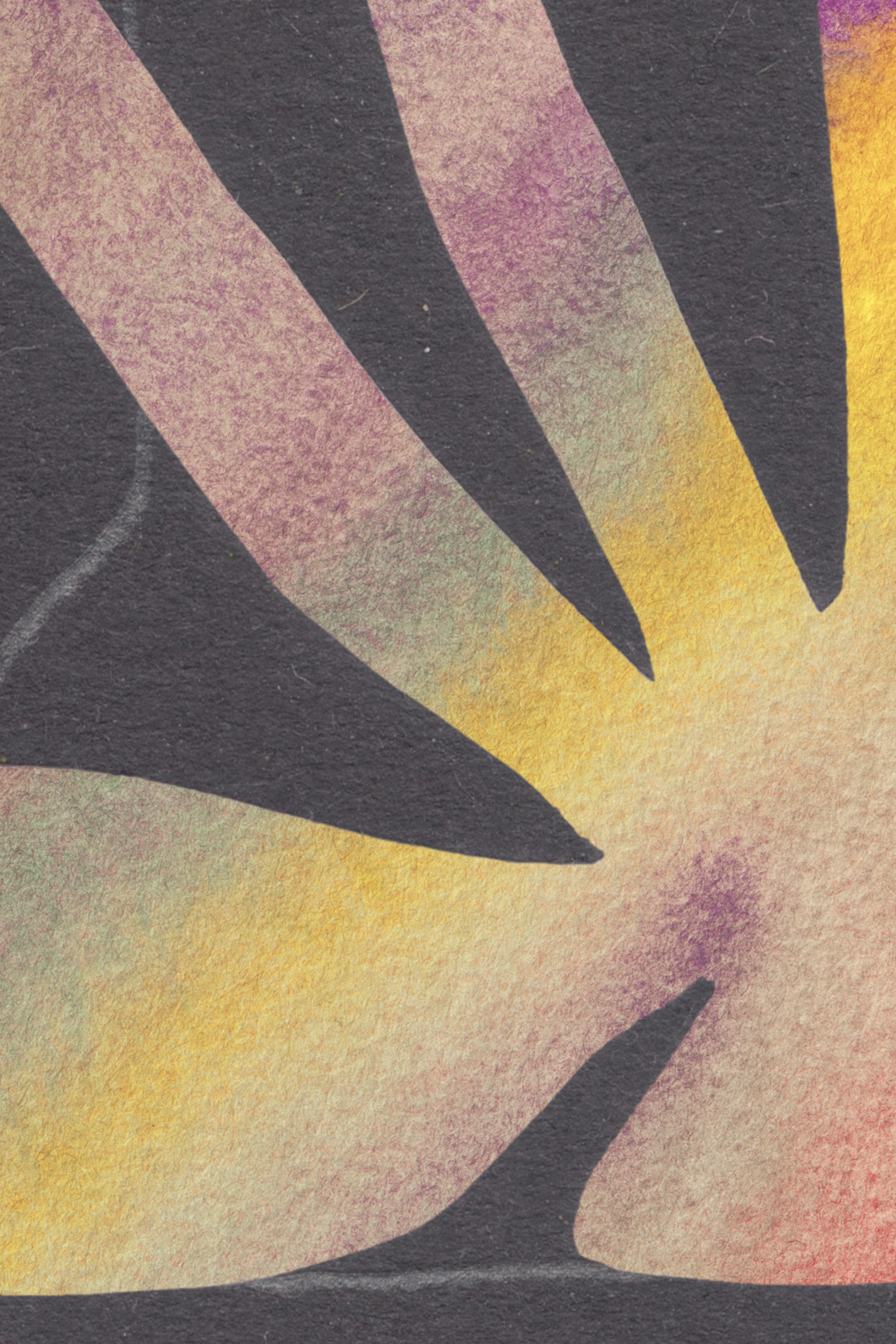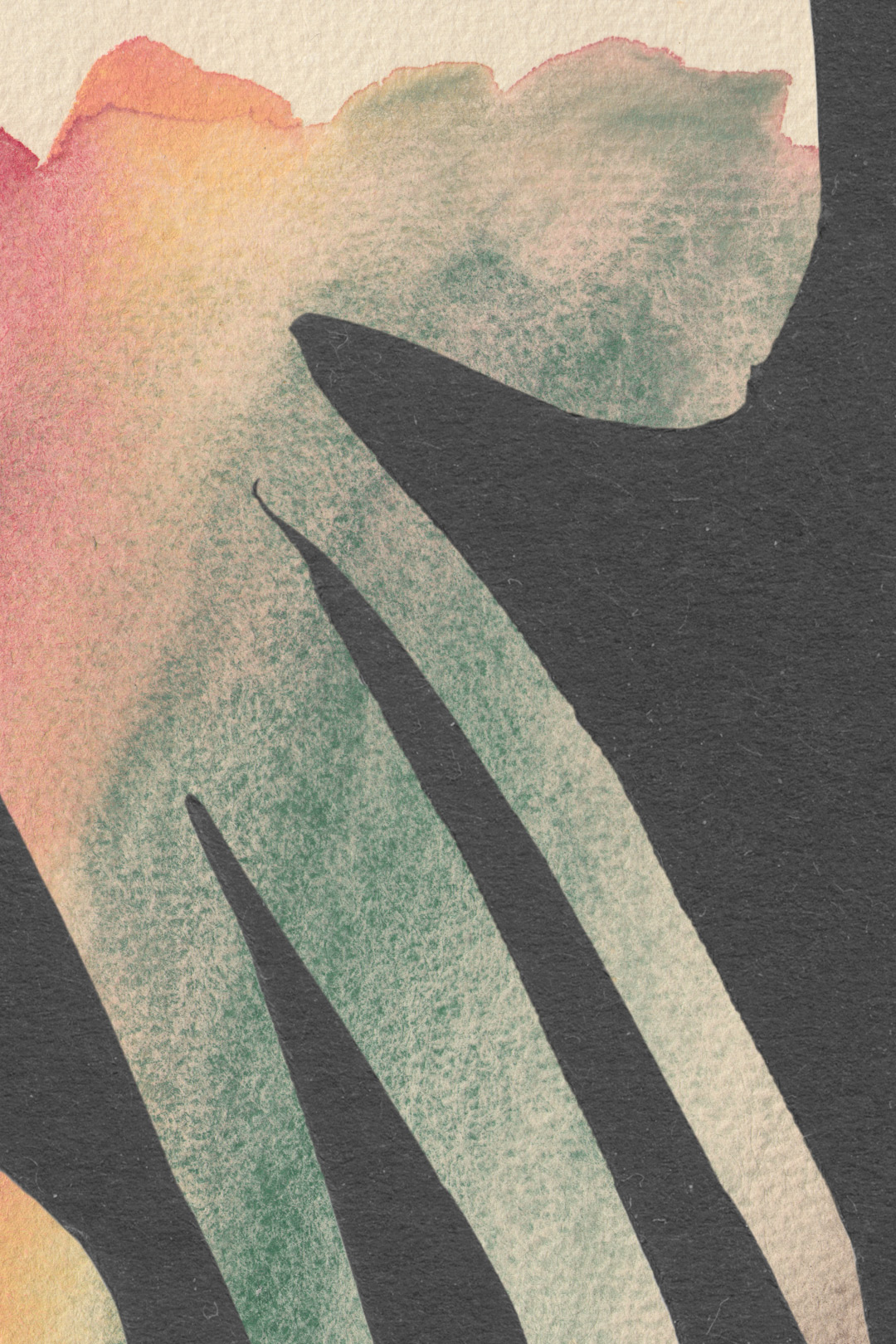Eleven Ways of Smelling a Tree
Open storyDavid Haskell invites us into the unique and sometimes surprising aromas of eleven different species of trees.
Aroma is the primary language of trees. They talk with molecules, conspiring with one another, beckoning fungi, scolding insects, and whispering to microbes. Aroma is also our primal tongue, a direct link to memory and emotion, an inheritance from the communicative networks that sustained the first animal cells. The receptors in our nasal passages are ready to listen. We have over one hundred different olfactory receptors, able to discern at least ten thousand odors. The English language is too meager to categorize this multiplicity, but our bodies know how to respond. Noses, though, need the help of conscious intention to put them in the right place.
As a child, my nose poked everywhere. Between the pages of a freshly printed newspaper, into the spice jars of the kitchen, over the goods at the fish market and cheesemonger’s, through steam from pots on the stove, and among the leaves of the garden. Later, grown older, I forgot to attend in this way. My eyes and ears asserted their self-proclaimed supremacy.
The rich, layered aroma of a ponderosa pine growing in the mountains of Colorado called me back. Sitting under its boughs, I reawakened to the delights of odor and the curiosity that comes from following my nose. I felt that the tree had flowed into me, lodging some of its stories in my body. Since then, tree aromas have been my teachers and guides.
Every tree offers us a wordless sensory experience, a connection that unites human bodies and consciousness to plants’ inner worlds. This encounter is reward enough. The particular aroma of a tree also contains stories, past and present. Our human aesthetic experience is a doorway to the trees’ inner worlds.
As you smell trees, try both a deep in-drawing of breath through the nostrils, then short, sharp sniffs. This changes the rate at which aromatic molecules hit your sensory cells: a slow caress or a vigorous rush. The combination opens aromatic layers of experience.
Treat your nose to an inventory of the trees in your home. Lift a cup of black tea to your nose. Camellia leaves, redolent of East Asian mountains. Dig your thumb into orange peel. Sharp oils, deterrents for hungry insects. Unscrew the cinnamon jar. Whose hands peeled this bark from the coppiced tree? Crack open a book and smell the blend of ink and fiber, a sensation rooted in wood of hidden provenance. Coffee. Dates and olives. Pencil shavings. Almond milk. Furniture wood, its odor gagged by varnish. Honey, laden with aromatic memories of tree nectar and pollen. Gin. Maple syrup. Inhale, and remember that we live in the forest, even when this truth is hidden from the eye.
Seek out the aromatic expressions of trees around your home. Let your hands help. Roll leaves and needles between fingertips. What is the character and disposition of each species? Spiky or lush? Reminiscent of grass, or seaweed, or spice? Rest your hands on bark, feel its texture, then draw your face close. Gently rub. What aromas linger in the crevices of the tree’s surface? Does the tree proclaim its inner drama to the world or does it hold its personality close, revealing odor only through pruning cuts or insect holes? Which trees arrive on the prevailing wind? Upwind trees have loosed their aromas to the sky, seeding clouds and perfuming air. Turn to the wind and arch into the trees’ breath.
We use trees to locate ourselves. What time of year is it? Look at the leaves. Where are we? Gaze at what grows outside: a palm tree, spreading fig, purple-flowered jacaranda, or thick-girthed oak. Invite your nose into this place-seeking. As you move through seasons and across the land, connect your blood to the trees’ messages. Pause, get close, and suck in the odors. Learn that springtime sap awakens before leaves, that the mountain trees have a different signature than their lowland cousins, that late summer drought is simple bitterness but rainfall in spring is indescribably complex. There are rhythms and maps awaiting us, tree languages of the land.
The roots of trees and human culture are entwined. Trees center our stories of origin, meaning, and life. Yggdrasil, the ash that connects the nine worlds of the Norse. The olives of the Abrahamic religions. The Buddha’s Bodhi Fig Tree. Winter solstice fir boughs. The giant ceiba trees of tropical forests. Trees inhabit these stories not only as metaphors, but as reminders that human life exists always in relation to other beings. Sensual connection to trees teaches us this lesson from the inside out. What trees dwell in your stories? Seek the physicality of these trees. Hold, inhale, gaze, and hear them. Savor your roots, then excavate meaning. What convergences of sensory ecology and culture are celebrated in your stories and rituals?
What tree aromas from the forest, city street, or kitchen can we offer our children and friends? The stories we tell alongside these sensual experiences knit memories that serve as guides. No other sense burrows as fast and deep into our understanding of meaning and emotion. On a mountain slope, students smell the loamy soil and piney tree bark, and grasp that the life of soil and trees are one. At the stove, a child learns that the pleasures of food are the joys of connection to plants and people, with interlacing histories. On a street corner, we smell the ephemeral flowers of city trees and understand that the forest enfolds us everywhere. What stories will you share as you invite another to embrace and imbibe the trees?
David Haskell invites us into the unique and sometimes surprising aromas of eleven different species of trees.





